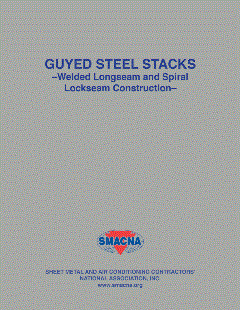One particularly windy day last spring as I was pulling out of my parking space at Target, I spotted a wayward shopping cart as it rolled away from the store's entrance and began making a frantic trek through the lot.
Picking up speed by the second, it sailed just millimeters behind two exiting shoppers and whizzed past a couple seniors loading their sedan in a handicapped spot. Holding my breath in horror, I drove in the same direction for almost a quarter of a mile, watching it fly close to 20 miles an hour, narrowly and missing cars and people. I closed my eyes and cringed moments before it slammed into a green compact.
I didn't turn around to see the damage, but I knew it couldn't have been too bad. That's because both the cart and car were at least partially made of plastic.
Ten years ago, it would have been a different story, but fiber-reinforced plastic and other composite materials are turning up many more places than they were before, including--you guessed it--the construction industry. With their increased use in commercial building, housing and bridge building, we might one day soon see plastics and steel compete in construction the same way they now compete in the automotive industry.
Ironically, there's more steel capacity in the United States than ever before, thanks to import dumping by offshore companies. Other countries that previously delivered crude unprocessed product have stepped up their technology to increase their production of finished materials and sell them here, and sell them at prices that are hard for U.S. producers to match.
Increased capacities mean lower prices, right? Then why aren't you, the contractor, seeing them?
In most recent years, the U.S. steel industry faced the challenges of moving from old technology to new methods of production and processing that were much more energy efficient and environmentally friendly. We have seen other industries like lumber and farming receive relief and aid from the government for similar costly endeavors. The steel industry has yet to be afforded the same luxuries, yet it continues to play by the rules while others don't.
The industry is in a tricky spot. If the import of steel were stopped, there wouldn't be enough capacity in this country to meet market demands. And now that building codes have advanced steel framing and the residential steel-framing market is opening up, the industry needs that offshore steel.
While not quite as physically dangerous as a speeding shopping cart on the loose, these challenges to the steel framing industry are no less menacing. Where it will go next, we don't know. But should there be a collision, Walls & Ceilings will be the first to report it.
Sarah Mazure
Editor and Publisher



Report Abusive Comment